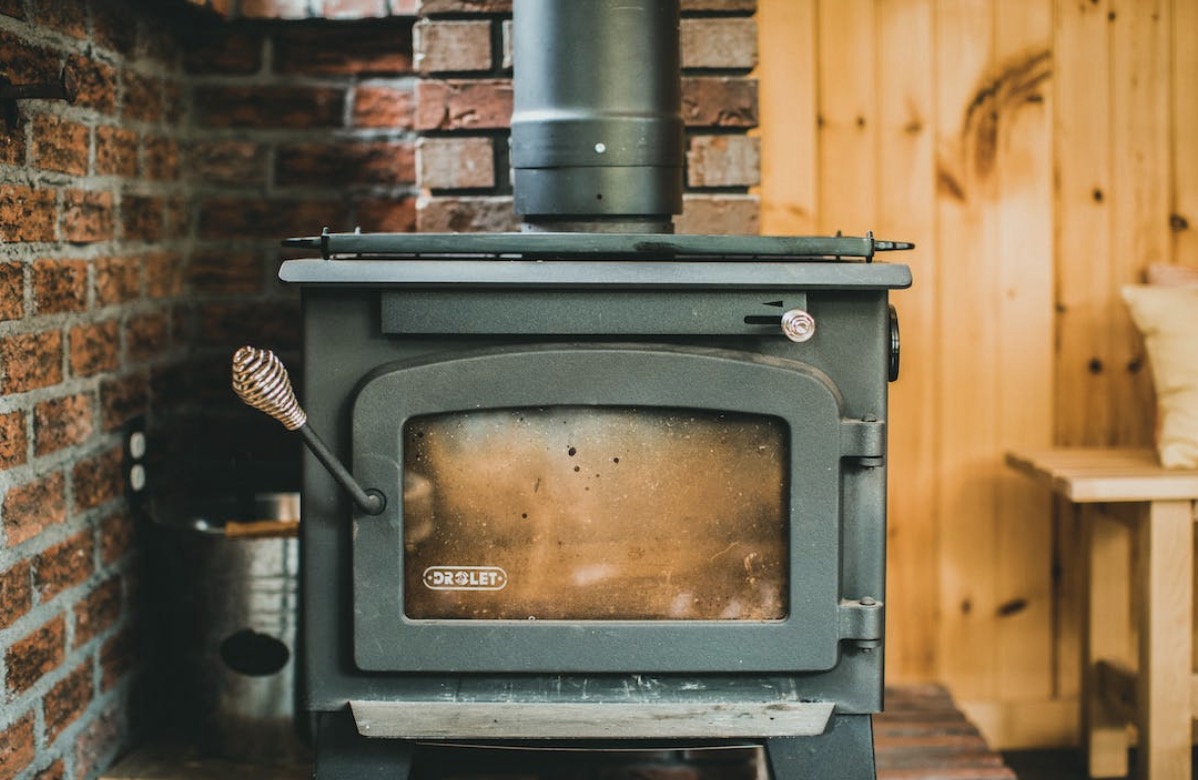Maintaining a warm and comfortable home is a priority for any homeowner, especially as temperatures begin to plummet. While many of us indulge in weekend warrior home improvement projects, there are certain repairs that necessitate a professional’s deft touch. In this deep-dive comparison, we’ll explore the pivotal moments when soaring out of your DIY domain and into the expertise of professionals is a warm move when it comes to furnace repairs. Home heating systems may seem complex, and that’s because they are. Here’s a detailed look at the signs that should signal you to pick up the phone and call a heating expert.
Reader's Roadmap
Unusual Noises
If you start hearing clanging, banging, screeching, or rattling from your heating system, it’s likely indicating a system’s part that’s in dire need of repair. These noises can range from relatively benign issues, like a loose screw or a worn belt, to more severe problems such as a cracked heat exchanger or a failing blower motor. Attempting to diagnose and repair these loud hiccups without proper training or knowledge can not only further damage the furnace but can also be hazardous, especially if gas-related issues are involved. Furthermore, whether you choose to hire professionals in Coon Rapids or anywhere else, always make sure to have a licensed technician inspect your furnace at least once a year to prevent such occurrences. When it comes to the symphony of sounds from your furnace that isn’t the usual hum, it’s time to keep the tool belt at bay and call in a specialist with a stethoscope.
Inconsistent Heating
There’s nothing more frustrating than setting your thermostat for cozy 73°F, only to shiver in a 60°F living room. If you notice that your home’s temperature is fluctuating despite your best tuning efforts, it could be a sign of various issues. A thermostat problem might be misreading your desired temperature or the furnace’s sensors could be dirty or damaged, leading to incorrect heating cycles. These issues often require thorough inspection and recalibration from a professional. Additionally, ductwork problems, such as leaks or blockages, can also cause inconsistent heating. These can be challenging to diagnose and repair without the proper tools and expertise. Therefore, if your home feels like it’s in an unpredictable game of freeze tag, it’s a good cue to ask the pros to even out the playfield.
Increased Energy Bills
One of the subtlest yet most telling signs of a furnace problem is a steady rise in your energy bills. When your heating system isn’t operating at its best, it will tend to use more energy to achieve the same temperature levels. This could be due to various factors, including clogged filters that force your furnace to work harder, or a part that’s on the brink of failure, resulting in compromised efficiency. Attempting to troubleshoot and fix these issues without the right knowledge can be a fruitless endeavor that can worsen the situation. A professional can conduct an energy audit and furnace diagnosis, finding the root cause that’s driving up your costs and restoring your system’s efficiency.

Frequent Cycling
Is your furnace turning on and off more frequently than it used to? This phenomenon, called ‘short cycling,’ can lead to system strain and can be triggered by a multitude of problems, from simple issues like a clogged filter to more complex ones, like inappropriate thermostat settings or a repairable mechanical failure. Short cycling can not only make your home’s climate control system ineffective but can also lead to excessive wear and tear on the system, decreasing its lifespan. Rather than playing a guessing game with the vital machine that keeps your family warm, a seasoned technician can determine the cycling’s cause and provide a fitting solution that will stop the constant shuffling of your furnace.
Yellow Pilot Light
Your furnace’s pilot light should burn blue, a sign that your system is operating cleanly and effectively. A yellow pilot light, however, can indicate a serious issue, especially if it is flickering or producing soot. The presence of a yellow or red flame usually implies that the furnace is producing too much carbon monoxide, a potentially deadly problem. In these circumstances, it is absolutely critical to turn off the furnace and call a professional for immediate assistance. Dealing with carbon monoxide is not something to be taken lightly, and safety must always come first. For this and any other situations that involve threats to your family’s well-being, it is never a question of DIY or professional; it is always the latter.
Navigating the intricate world of furnace repairs can feel like a perilous trek, with each decision carrying the weight of your home’s comfort and safety. While DIY projects can be rewarding and cost-effective, there are clear instances when the knowledge and experience of a professional are not just beneficial but necessary. By being vigilant for these signs and knowing when to defer to a pro, you’re not just likely to save money and time in the long run, you’re ensuring the warmth and well-being of your household remain uninterrupted. And now, with this extensive guide, you’re well-equipped to handle furnace woes with the discernment they deserve—staying toasty and stress-free this season and many to come.







Leave a Reply
View Comments